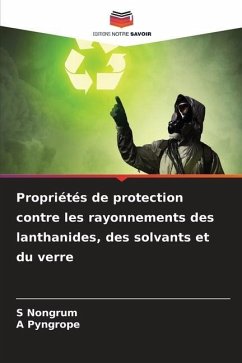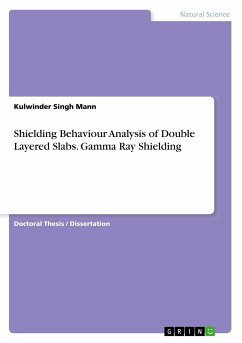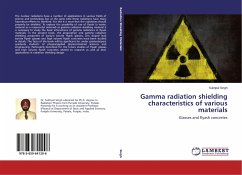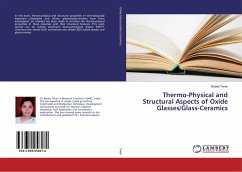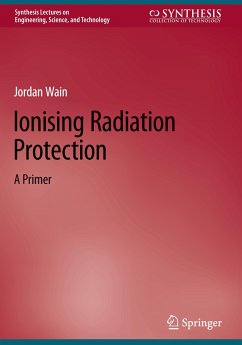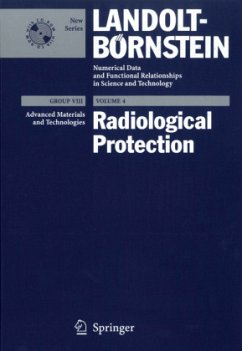
Radiation Shielding properties of Lanthanides, Solvent and Glass
Versandkostenfrei!
Versandfertig in 6-10 Tagen
29,99 €
inkl. MwSt.

PAYBACK Punkte
15 °P sammeln!
The main objective of this book is to bring into light about the potential radiation shielding properties of few lan- thanide elements, commonly used solvents and glasses containing lead oxide using XCOM software. The energy range considered is between 0.001 MeV to 100000 MeV. Relevant parameters such as mass attenuation coefficient (MAC), Half value layer (HVL) and Mean free path (MFP) were computed for all the three different materials. Based on the obtained results, comparative analyses have been performed to recognize which type of materials can serve as the best absorber and thus shield r...
The main objective of this book is to bring into light about the potential radiation shielding properties of few lan- thanide elements, commonly used solvents and glasses containing lead oxide using XCOM software. The energy range considered is between 0.001 MeV to 100000 MeV. Relevant parameters such as mass attenuation coefficient (MAC), Half value layer (HVL) and Mean free path (MFP) were computed for all the three different materials. Based on the obtained results, comparative analyses have been performed to recognize which type of materials can serve as the best absorber and thus shield radiation.



